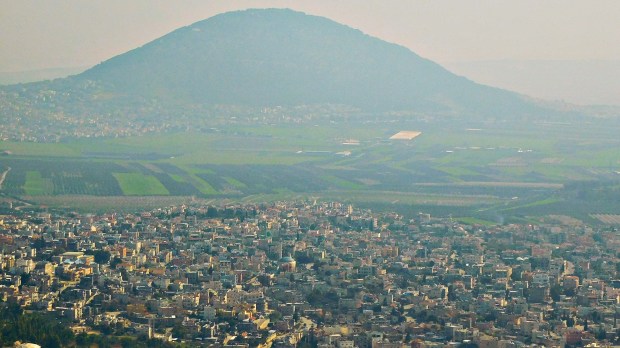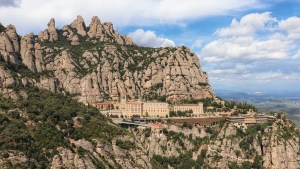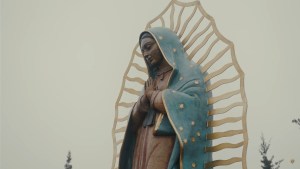Lenten Campaign 2025
This content is free of charge, as are all our articles.
Support us with a donation that is tax-deductible and enable us to continue to reach millions of readers.
Mountains hold a special place in most, if not all, religious traditions. Catholicism is no exception. In Catholicism, several mountains are considered holy, each with its own unique significance, leaning on biblical narratives or hagiography – Tepeyac, Mount Saint-Michel, Montserrat. These holy mountains have traditionally been regarded as places in which divine encounters occurred, and thus they provide pilgrims with the opportunity to retreat and meditate on these mysteries. Three of these mountains arementioned in Scripture.
Mount Sinai
Mount Sinai, also known as Mount Horeb, is perhaps one of the most famous sacred mountains not only in Catholicism, but in all Abrahamic traditions. According to biblical narrative, this is where Moses received the Ten Commandments. The Book of Exodus says God chose this mountain as the place to reveal His divine law to Moses, thus cementing the covenant between God and the people. The experience of God’s presence on Mount Sinai marked a pivotal moment in the history of Abrahamic monotheistic traditions and laid the foundation for the moral and ethical principles that continue to guide them.
Mount Tabor
Mount Tabor is known for the Transfiguration of Jesus. According to the synoptic Gospels (Matthew, Mark, and Luke) Jesus took three of His disciples, Peter, James, and John, to the summit of Mount Tabor. There, in a moment of exceptional eschatological meaning, Jesus was transfigured before them (“His face shone like the sun”) while Moses and Elijah appeared next to him – summarizing “the Law and the Prophets” now being fulfilled in and by Jesus, the Messiah. Moses is obviously representing the Law, while the Prophets are represented by Elijah. The Transfiguration on Mount Tabor affirmed Jesus’ divinity, but the passage has also been read allegorically, as stressing the need for the transfiguration of the believer through the action of the Holy Spirit.
Mount Calvary
Mount Calvary, also known as Golgotha, is the site of the Crucifixion of Jesus. Located within the Church of the Holy Sepulchre in Jerusalem, this sacred mountain holds an exceptional place in Catholicism. It is on this hill that Scripture claims Jesus was crucified. The crucifixion on Mount Calvary is one of the central events in Christian theology, as Jesus’ suffering and redemptive death by crucifixion are the central aspects of Christian theological developments concerning the doctrines of salvation and atonement.
These three mountains are surely exceptional, but they are not the only ones enjoying a special status as places of the spirit. These are locations where biblical narratives unfold, shaping the faith and beliefs of countless women and men of faith. For the believer, these mountains are more than historical landmarks: they are reminders of the abiding relationship between the divine and the human. Their significance transcends geography, inviting believers to ponder the deep spiritual truths they represent, and the enduring spiritual truths found both in nature and in the Bible.



